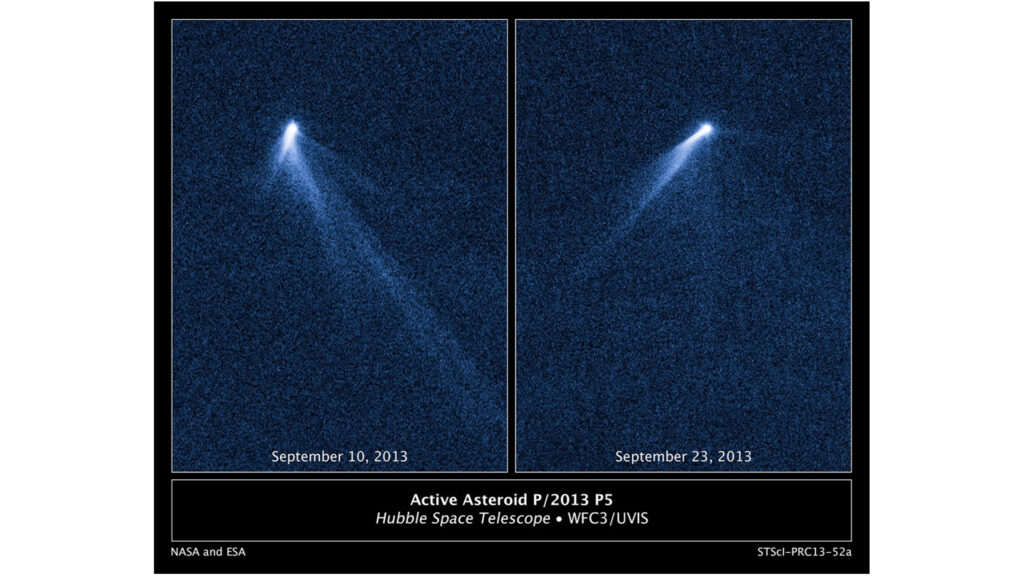The SpaceX launch of NASA’s newest Earth observation satellite put on a stunning show for photographers.
NASA’s PACE mission (short for Plankton, Aerosol, Cloud, ocean Ecosystem) lifted off atop a SpaceX Falcon 9 rocket from Space Launch Complex 40 at Cape Canaveral Space Force Station on Feb. 8, 2024 at 1:33 a.m. EST (0633 GMT).
The nighttime launch provided a perfect opportunity for some gorgeous launch photography, as the following snapshots show.
Related: SpaceX launches NASA’s PACE satellite to study Earth’s oceans, air and climate (video)
Once operational, PACE will study Earth’s atmosphere and other climate parameters to provide an unprecedented picture of how the ocean and atmosphere exchange carbon. The mission will further investigate the interaction between sunlight and particles in seawater to learn more about what goes on within our world’s oceans, too.

“PACE’s unprecedented spectral coverage will provide the first-ever global measurements designed to identify phytoplankton community composition,” NASA officials wrote in a PACE mission description. “This will significantly improve our ability to understand Earth’s changing marine ecosystems, manage natural resources such as fisheries and identify harmful algal blooms.”

PACE launched into what’s known as a sun-synchronous orbit (SSO) some 420 miles (677 kilometers) above Earth, which is higher than the International Space Station‘s altitude of 250 miles (402 km). This orbit, which takes the satellite over Earth’s poles, allows PACE to study the same spots on Earth during the same solar time each day.

The PACE launch was the first liftoff headed for polar orbit to take place from Florida since Nov. 30, 1960. That day, a rocket that launched from the Cape failed, raining debris down on Cuba that killed a cow, according to the New York Times. In the wake of that incident, the United States began launching all of its polar launches from Vandenberg Air Force Base (now Vandenberg Space Force Base) in California.

After the launch lit up nighttime skies above Florida’s Space Coast, the Falcon 9’s first stage booster came down for a photogenic landing at Landing Zone 1, a SpaceX facility at the Cape.

This was the fourth launch and landing for this particular booster, according to a SpaceX mission description.

RELATED STORIES:
The launch of NASA’s PACE satellite marked the eleventh launch of the year for SpaceX, all of which used Falcon 9 rockets. A 12th launch is scheduled for Friday (Feb. 9) to place 22 of the company’s Starlink satellites in orbit
SpaceX launched 74 orbital missions in 2023, breaking its previous record of 61 set in 2022. The company intends to ramp that count up in 2024, though, and has said it’s aiming for 144 launches this year.


